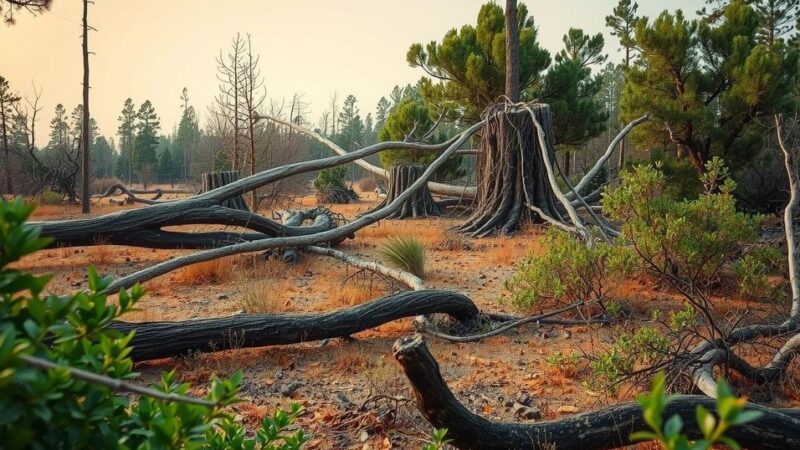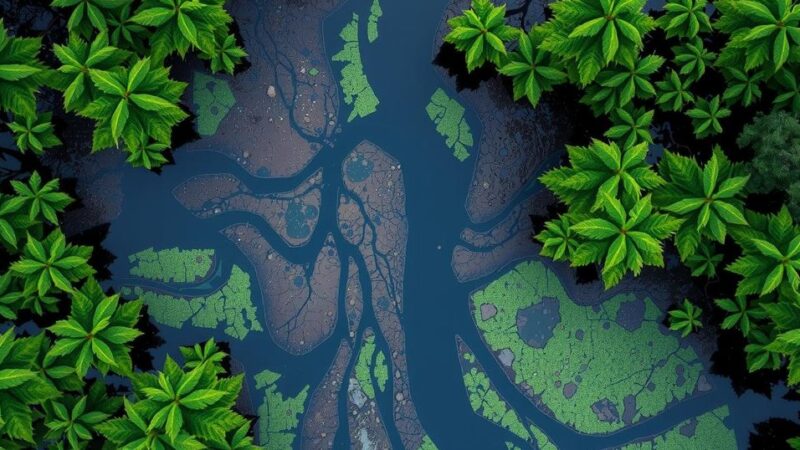Kenya is experiencing severe wildfires affecting key wildlife parks linked to drought conditions. Emergency teams, including defense forces, are actively working to control these fires at multiple locations, including Nairobi National Park and Aberdare National Park. The situation has prompted enhanced patrols and community collaboration to mitigate further outbreaks.
Kenya is currently grappling with wildfires that are ravaging major wildlife parks and protected areas, exacerbated by a severe drought. The emergency response teams, including defense forces and volunteers, have escalated their efforts to control these blazes across the nation’s largest wildlife sanctuaries. The Kenya Wildlife Service (KWS) recently reported that the wildfires, affecting multiple biodiversity hotspots, are linked to the protracted dry spell in the region.
In Nairobi National Park, where two fires were ignited on Thursday, firefighting operations are actively underway. The KWS has deployed water bowsers to assist in extinguishing the flames. Additionally, Aberdare National Park has faced similar challenges with wildfires, prompting the dispatch of helicopters and ground teams to combat the disaster amid the extreme dry conditions.
The fires have also affected the Mount Kenya ecosystem, home to endangered species, intensifying due to strong winds and dry vegetation.
KWS indicates that while the precise causes of these fires are under investigation, human activities such as discarded cigarettes, arson, and honey harvesting, compounded by the dry weather, are suspected to play a role.
Ruma National Park, South Island National Park, and Mount Elgon National Park have all reported devastating wildfires as well. KWS has emphasized that rangers remain vigilant to coordinate firefighting efforts and prevent further flare-ups.
To bolster prevention and response, KWS has enhanced aerial and ground patrols in regions prone to fires and strengthened its collaboration with local communities and civil society organizations. Their concerted efforts have proven effective in suppressing fires in wildlife reserves, while they aim to mitigate future wildfire risks as the dry season continues to peak.
In summary, Kenya is facing a significant wildfire crisis across various wildlife parks, largely prompted by a severe drought. Efforts by the Kenya Wildlife Service and emergency responders aim to control the rampant fires, tackling their suspected human-induced causes. Increased inter-agency cooperation and community engagement are crucial as the situation develops in the face of ongoing dry conditions.
Original Source: www.socialnews.xyz






